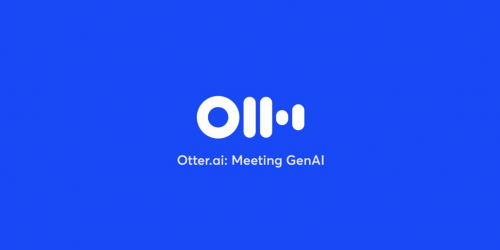Trapped in the UI: My Frustrating Journey Through User Inyerface

This is one of the most fascinating and frustrating experience I had while completing this task. This task is like a roller coaster; while playing with User Inyerface, I came across several dark patterns. The design of this page is very tricky and it used deceptive UI techniques to manipulate user behavior (Brignull, 2011). I realize that the game deliberately frustrates users by employing misdirection, forced urgency, and obstructive design, making simple tasks unnecessarily difficult. For instance, the below instructions makes the information to be filled in a complicated way and by the time you will gather the information, the time is up.
Your password requires at least 10 characters.
Your password should have at least 1 Capital letter.
Your password must have at least 1 Numeral.
Your password needs at least 1 letter of your email.
Your password can have at least 1 cyrillic character.
One of the most annoying experiences was the Terms and Conditions checkbox. As I scrolled to read the terms, the page reacted very slowly, artificially delaying my progress. I even tried multiple times to pass this step but again by again, I was asking myself why this step is too slow. For a while, I checked my internet connection; if it was acting slow instead of the page. Meanwhile, a countdown timer appeared, pressuring me to move faster. This is an example of “Obstruction”, where users are deliberately slowed down to create frustration (Gray et al., 2018). When I failed to meet the time limit, the screen locked, forcing me to restart—an instance of “Punitive UX”, where systems penalize users for engaging thoughtfully with content (Brignull, 2011). This timer thing is unnecessarily integrated so the users will not be able to complete the task. One more thing, I don’t think this game has been designed on Universal Design and Inclusive principles.
Additionally, the “Hurry up! Time is ticking!” message serves as an example of “Nagging”—a dark pattern that applies psychological pressure to rush decisions (Greenberg et al., 2014). This urgency discourages users from carefully reading important information, increasing the likelihood of blind compliance. Ethical UI design should encourage informed decision-making, yet User Inyerface deliberately disorients users to push them into hasty, uninformed actions.
This experience highlights the ethical concerns of dark patterns in digital environments. While they may increase engagement and conversions, they ultimately erode user trust and autonomy (Gray et al., 2018). Ethical UX should focus on clarity, transparency, and user control, rather than manipulative tactics that induce frustration and forced compliance.
Overall, my experience was frustrating as I had waiting for a lot of time just to pass the Step 1. I have realized that the complexity of the game is not suited for many users.
References:
Bagaar. (2019). User Inyerface Links to an external site. [web game].
Brignull, H. (2011). Dark patterns: Deception vs. honesty in UI design. Links to an external site. A List Apart, 338.
Gray, Colin M., Yubo Kou, Bryan Battles, Joseph Hoggatt, and Austin L. Toombs. “The dark (patterns) side of UX design.” In Proceedings of the 2018 CHI conference on human factors in computing systems, pp. 1-14. 2018.



